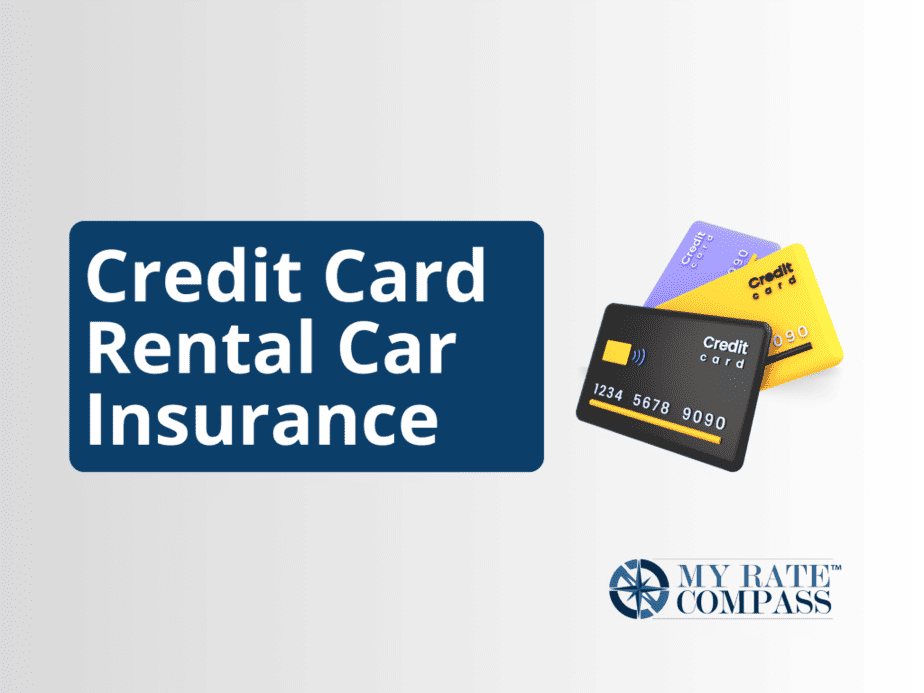The world of finance is complex, and rental car insurance is no exception. Peeling back the layers of credit card rental car insurance, a common yet intriguing feature on many cards, is quite an adventure. Credit card rental car insurance can get complicated, so this section breaks down the key details in a straightforward way to help you make an informed decision.
Understanding Credit Card Rental Car Insurance
Credit card rental car insurance, technically referred to as an Auto Rental Collision Damage Waiver (CDW) or Loss Damage Waiver (LDW), is a form of protection offered by credit card companies. It comes into play when you rent a car and can cover expenses related to car damage or theft. This coverage is automatically activated when you use your credit card to pay for the rental car and decline the rental company’s collision insurance.
However, not all credit cards offer this insurance, and the degree of coverage varies. It’s essential to understand the terms of your credit card’s rental car insurance to know what’s covered and what’s not.
Primary and Secondary Car Rental Insurance
Credit card rental car insurance can either be primary or secondary. Primary insurance applies before any other form of insurance, meaning you could file a claim with your credit card company without involving your personal auto insurance provider.
On the other hand, secondary insurance kicks in after other forms of insurance, such as your personal auto insurance. If an accident occurs, you’ll have to file a claim with your auto insurance provider first, and the secondary coverage would cover expenses not covered by your primary policy.
What Credit Card Rental Car Insurance Covers
This type of insurance generally covers physical damage to or theft of the rental vehicle. It could potentially cover valid loss-of-use charges imposed by the rental company and reasonable towing charges. However, it typically doesn’t cover damage to other vehicles, personal property damage, or injury to individuals involved in an accident.
Types of Vehicles Covered
While the coverage applies to standard car rentals, some exclusions may apply. For instance, it often doesn’t cover luxury or exotic cars, large passenger vans, pickup trucks, motorcycles, and recreational vehicles. Moreover, it typically excludes rentals from peer-to-peer car-sharing services.
Geographic Coverage and Duration
The coverage is generally valid for rentals in your country of residence and abroad. However, certain countries may be excluded, so it’s advisable to confirm with your credit card provider before your trip. Also, there’s usually a limit on the coverage duration, often up to 15 or 31 consecutive days.
Making Sure Your Rental is Eligible
To ensure that your rental is eligible for coverage, you must pay for the entire rental with your credit card and decline the rental company’s collision insurance. Make sure to abide by the rental agreement’s rules to maintain your coverage eligibility.
Best Credit Cards for Rental Car Insurance
Several credit cards offer robust rental car insurance. Options like the Scotiabank Gold American Express Card, BMO World Elite MasterCard, or TD Aeroplan Visa Infinite Card could be considered due to their comprehensive insurance features.
Conclusion
Understanding credit card rental car insurance can save you significant costs when renting a car. While it offers valuable protection against car damage or theft, it’s crucial to understand your policy’s specifics to avoid surprises. Always read your credit card’s benefits guide or talk to your provider to clarify the terms of your coverage.
Ultimately, knowledge is power. The more you understand about credit card rental car insurance, the better equipped you’ll be to navigate the rental process and protect yourself financially.






